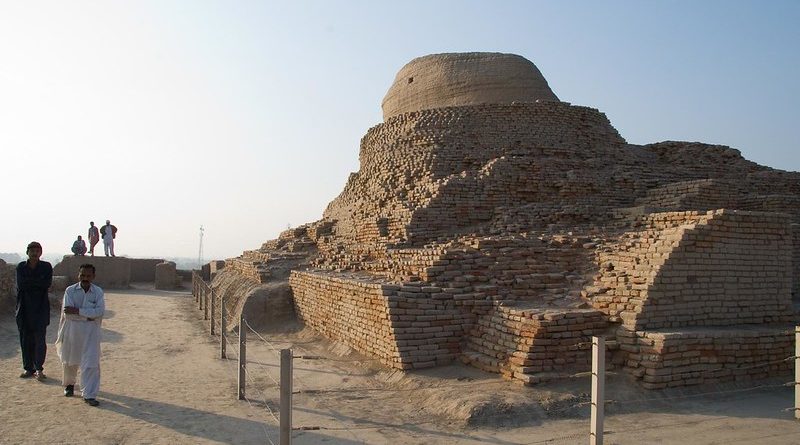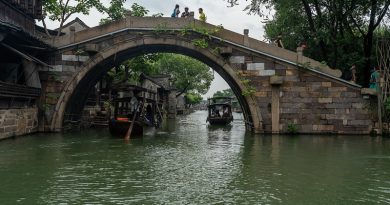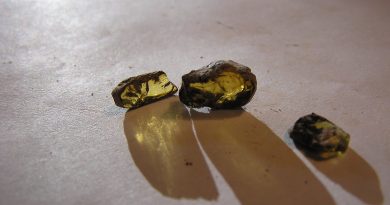The Mesopotamian Civilization of Moenjodaro
One of the people of Pakistan’s best kept secrets, the ancient city of Moenjodaro is the most impressive ruin of the 165 Indus Valley sites where ancient people settled on the banks of the fertile Indus River. Moenjodaro dates back some 4000 years to the days of the Mesopotamian civilization.
The peak of the mighty city’s population of 50,000 was from 2500 to 1500BC, and its name means ‘Mound of the Dead’. After the city demised, Kushan monks erected a Stupa Mound which was once the only visible sign of the site. It wasn’t excavated until 1922, when archaeologists found more than they’d bargained for under the Buddhist stupa.
The government has invested much time and money in developing the site, but it has proved slow work as water logging is a major problem and no new excavations have been attempted in the last 40 years.
Moenjodaro People and Society
It is thought that the ruler of this once great city was both a priest and a king. The people here believed in the worship of a mother goddess, tree gods and animal worship – in particular the bull. The Moenjodaro society’s roots have much in common with early Hinduism. The people of the city were of Central Asian origin and wore fine muslim cloths with elaborate designs. They were advanced scientifically and culturally and would play a games like chess on paved floors.
Although farming was the main means of survival for its people, the Moenjodaranas may have had trading links with Persia, Tibet, Burma and China as precious stones and statues were among the relics discovered here. They produced wheel crafted pottery called black and red ware which depicted images of animals and gods in human form. Their clay currency was etched with animal images, almost identical to those found on the remote insolated Easter Island at the other end of the world.
There are many theories about the demise of this city – some believe it was destroyed in either an earthquake or a flood. Many levels of buildings were constructed on top of one another and the houses became more unstable and prone to natural destruction. Some believe the presence of mutilated skeletons suggest that the city was ramsacked by Aryan invaders around 1000 BC.
A written language was used here, many scripts have been uncovered with a shared language among the Indus Valley although no expert has yet been able to decipher what any of it means. Baffling linguistics experts around the world, some believe the texts are a forerunner to Brahui (still spoken in Baluchistan), other believe it pre-emts Sanskrit, others think that it is a form of hieroglyphics. Without any shared language translation like the Egyptian Hierogylphics Rosetta Stone, it it likely to remain one of the great unsolved mysteries of the ancient world.
Visiting Moenjodaro Today
It costs a mere Rs 4 (8 cents) to enter the site, which is open year round. You’ll need to fly in here, don’t think about travelling overland as Sind is a dangerous state and tourists are banned from everywhere outside of this site and Karachi. Until recent times, tourists were escorted to and from the airport by a guard, but recently this hasn’t been necessary as the site has not been subject to attacks on tourists. Check with your local embassy on the situation before heading out.
You may be able to get one of the museum officer to give you a guided tour as the ruins aren’t easy to find. The tourist office is by the entrance of the site. The museum contain choice finds from the site. Modern day replica gifts of clay pieces can be bought from an ajacent state shop.
The site is rare and rapidly deteriorating, turning to dust at a touch and as the waters rise those remains under the surface of the ground may never be seen by the world. Much that remains is dated from 2500BC from an artificial ‘mound’ made for housing the ruling elite, presumably to keep a watchful eye on their people. The upper levels of the city contain remains of a Bath, an assembly hall and a granary. A small part of the excavated lower ground contains living quarters for the wealthy and poor, the best preserved of these were thought to have been artisan shops. Sanitation was unusually sophisticated for the period with pipes leading from the houses to the gutter and public wells and latrines.
Getting There and Away
There are flights every day going to and from Monejodaro. A return flight each way, departs from Karachi in the early morning and leaves Monejodaro the next morning or late afternoon.
Moenjodaro.org
A complete guide to the Indus civilization




